Eli Lilly Civil War Museum (For Journey of the 32nd Indiana)
Introduction
Text-to-speech Audio
At the Eli Lilly Civil War Museum, various exhibits show artifacts from the Civil War, notably used by Hoosiers in the conflict. (Hoosiers are people from Indiana) Part of the exhibit includes a film about Hoosiers and their enthusiasm to serve their great nation. In particular, the 19th Indiana Volunteer Infantry was a part of the famous group of regiments collectively known as the Iron Brigade (for their stubborn iron wills). This nickname was coined by General George B. McClellan when he witnessed the brigade advancing forward despite immense fire during the Battle of South Mountain. Despite the worldwide web saying otherwise, this museum is not based at the Soldiers and Sailors monument but instead at the Indiana War Memorial.
Images
32nd Indiana Infantry Regimental Flag
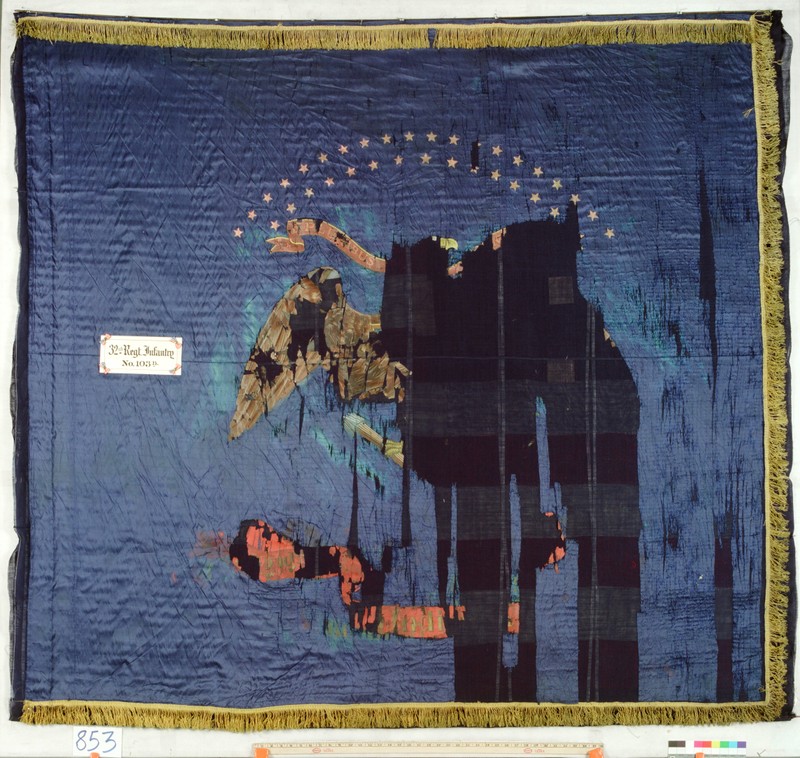
32nd Indiana Infantry National Flag
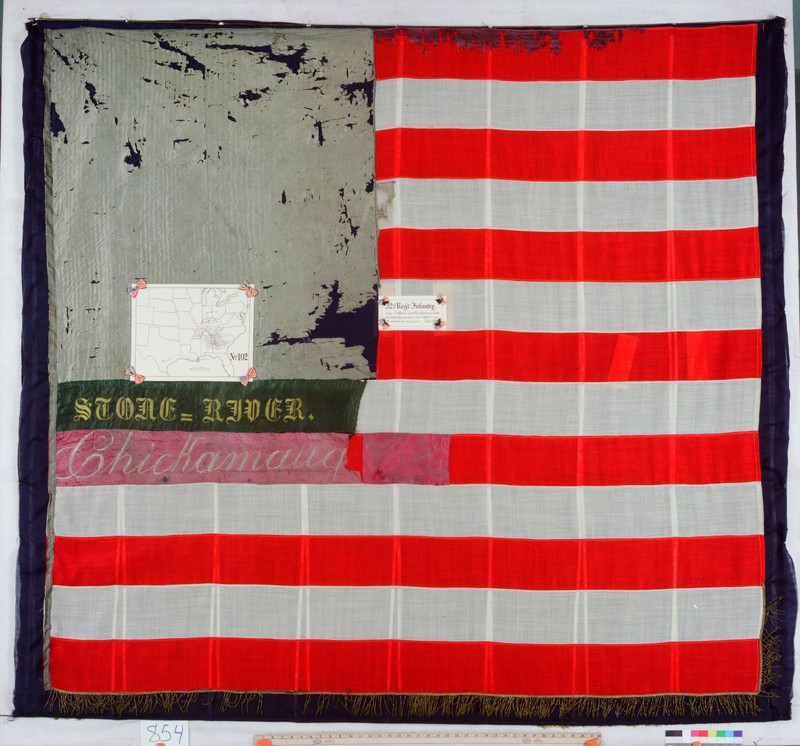
Union soldier uniform
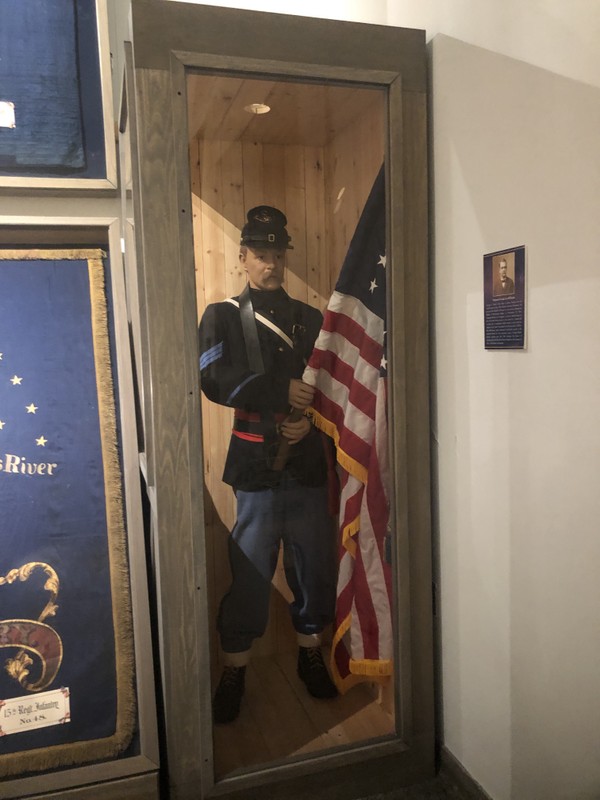
Cover page Sheet music for "We'll Go Down Ourselves"
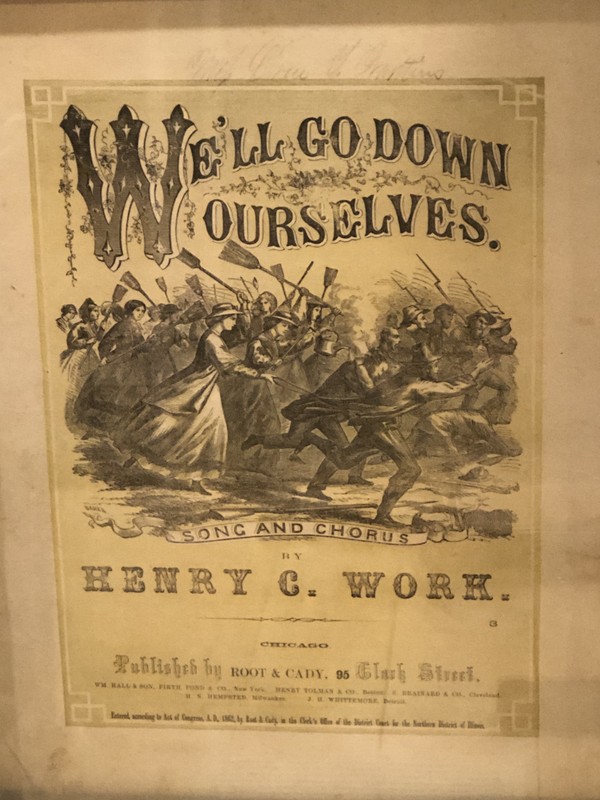
First page of sheet music for "We'll Go Down Ourselves"
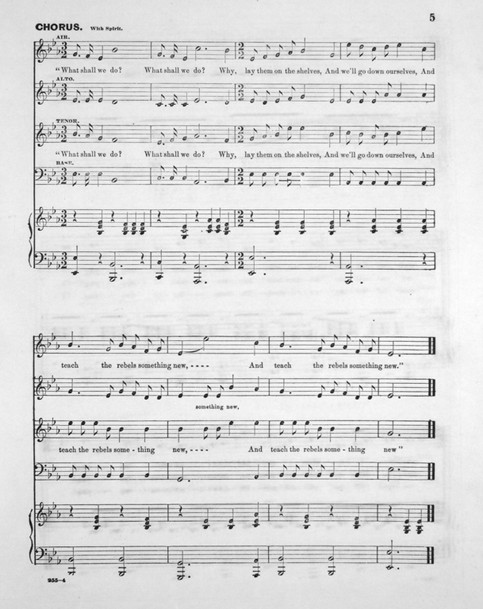
Tombstone memorial for Confederate prisoners of war who died in Indianapoli
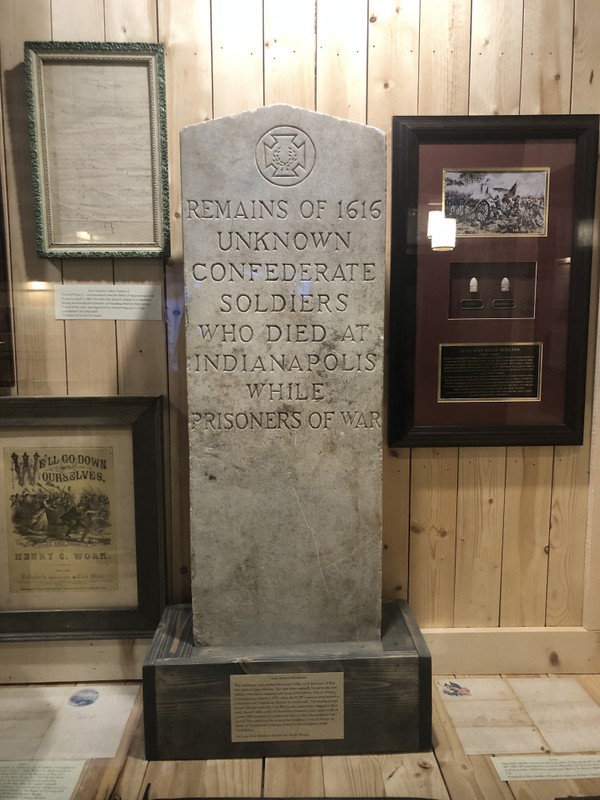
Backstory and Context
Text-to-speech Audio
The Eli Lilly Civil War Museum in its redesigned location within the Indiana War Memorial occupies a gallery on the bottom floor. The expanded space has allowed the curators to display more of the collection including original artifacts. The display includes full-size cannons, and a model setup of a Civil War field hospital. Uniforms for both Confederate and Union officers are modelled by mannequins in glass cases. A tombstone in one case commemorates 1616 Confederate soldiers who died in Indianapolis as prisoners of war.
Besides these larger artifacts, there are many displays of smaller personal items such as guns, jewelry (pins), and items used in the camps. A copy of the sheet music for Union patriotic song is displayed in one of the glass cases. Written by Henry C. Work, it is typical of propaganda songs written by both Confederate and Union sympathizers. The words talk about "We'll go down ourselves and teach the rebels something new." Only the front page of the music can be seen with figures clad in Civil War era attire. The illustration shows a determined group of women armed with brooms chasing a group of (presumed) rebels.
One of the unique features of the exhibit is the collection of battle flags on display (and even more in storage in the process of being restored to their former glory). As part of the collection, both the national and regimental flags for the 32nd Infantry are included but are unfortunately in unfit shape to be displayed to the public. The staff of the Indiana War Memorial supplied the images of the flags that are part of this entry. Both flags are in poor shape but have been sewn to linen backing in the early 1900s to preserve the remains. The national flag is missing a majority of its original silk except for two portions denoting battle honors from Stone River and Chickamauga, as well as a bottom section of fringe. The regiment flag has retained most of its silk and golden fringe but most of the paint is gone. Before the loss of the paint there was a large painted eagle with a ribbon design beneath it depicting the regiment's number and name.
Sources
IWM: Battle Flags Collection, Indiana War Memorial. Accessed November 25th, 2022. https://www.in.gov/iwm/battle-flag-collection/.
Rodgers, Thomas E. IHB: Hoosier Soldiers in the Civil War, Indiana Historical Bureau. Accessed November 25th, 2022. https://www.in.gov/history/about-indiana-history-and-trivia/annual-commemorations/civil-war-150th/hoosier-voices-now/hoosier-soldiers-in-the-civil-war/.
Iron Brigade, Wisconsin Historical Society. Accessed November 25th, 2022. https://www.wisconsinhistory.org/Records/Article/CS1606.
https://jscholarship.library.jhu.edu/handle/1774.2/4232
Photographed by Monica Martin
Photographed by Monica Martin
Photographed by Monica Martin
Photographed by Monica Martin
https://jscholarship.library.jhu.edu/handle/1774.2/4232
Photographed by Monica Martin
